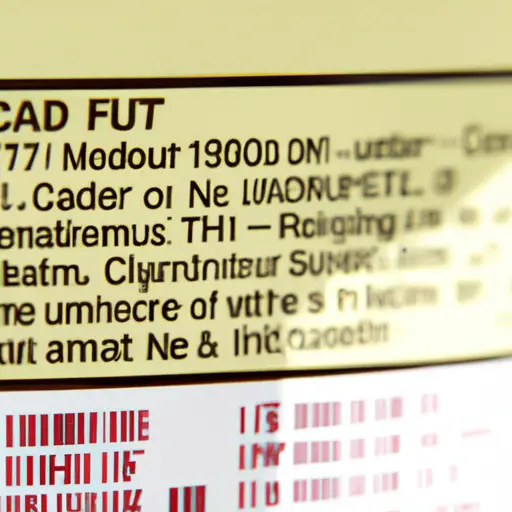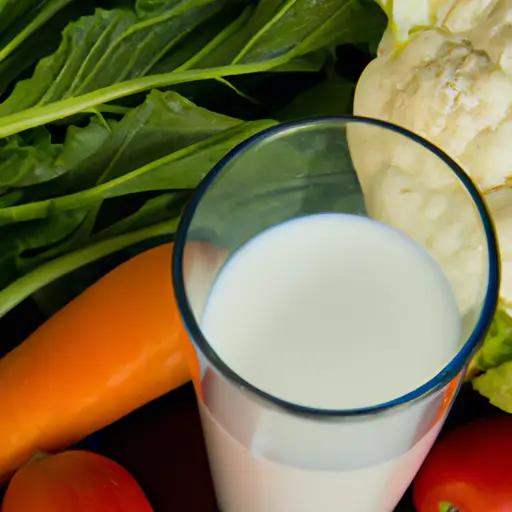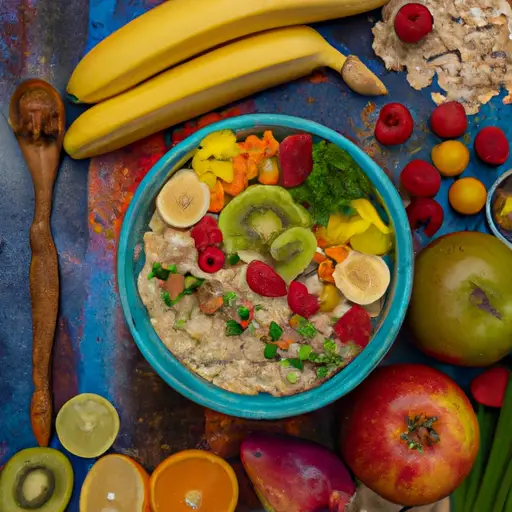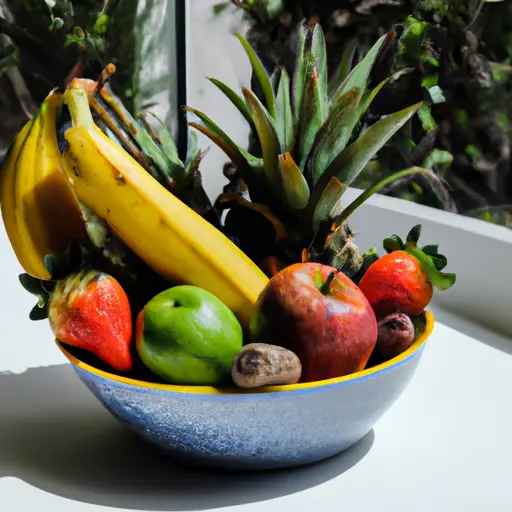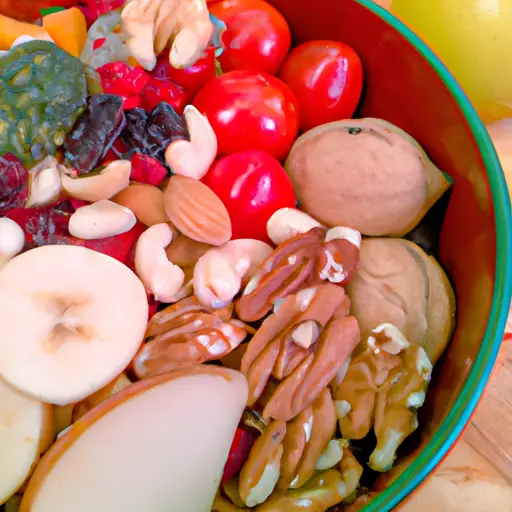The Effects of Food Packaging on Our Health
Introduction
Food packaging is the act of wrapping up food in something that preserves it and helps to make it easy to transport. It’s an essential part of the food industry, as it protects our food from spoilage or contamination and keeps products safe for consumption. In other words, without packaging, we’d be stuck eating rotten food.
The purpose of food packaging is twofold: first, it protects food from physical damage; second, it keeps food fresh by preserving its nutritional value while also inhibiting bacterial growth. Additionally, food packaging can also label food products with ingredient lists, nutrition facts, health claims and expiration dates, which are all important details for consumers.
Impact of Food Packaging on Our Health
When you grab a bite to eat from the grocery store, you might not be aware that the food you’re eating is wrapped in packaging that can have hazardous effects on your health. Unfortunately, many chemicals from food packaging can leach into food — and that can be pretty darn scary.
Take Bisphenol A (BPA), for example. This toxic chemical is used in some plastic packaging to increase strength, flexibility, and transparency. But long-term exposure to BPA has been linked to reproductive problems, cardiovascular disease, neurologic issues, metabolic dysfunction, and even cancer! Now that’s something you definitely don’t want to mess with.
Besides BPA, food packaging also contains phthalates, chemicals used to soften plastics. Phthalates are known endocrine disruptors; even minor exposure to them has been linked to cancer and reproductive problems. Yikes.

Even cardboard or other materials like paper and foil used to wrap food could contain potentially hazardous chemicals. You see, they may use additives like wax, resins, and dyes to make the material sturdier or longer-lasting. And when that material comes in contact with food, those additives can seep into the food itself.
Solutions for Safer Food Packaging
When it comes to finding solutions for safer food packaging, there’s no one-size-fits all answer. But there are a few things you can do to dramatically reduce your exposure to potentially hazardous chemicals from packaging materials. Here’s the low down:
First up, swap out plastics and opt for plastic-free packaging where possible. Even when labelled ‘BPA-free’ or ‘phthalate-free’, plastics may contain other hormone disruptors like bisphenol S (BPS) and di-2-ethylhexyl phthalate (DEHP). Instead, switch to packaging materials made from paper, glass, metal, or wax paper.
It’s also important to use non-toxic packaging materials like those that don’t contain dyes, perfumes, coatings, or artificial flavorings. For example, cardboard is a better option than plastic wrap or aluminum foil. As an added bonus, cardboard can be recycled too!
Lastly, it’s a good idea to look for labels on packaging materials that clearly identify their composition. That way, you can make more informed decisions about what you’re buying and avoid any potentially toxic ingredients.
Conclusion
It’s no secret that food packaging can have a major impact on our health. From chemicals leaching into our food, to the use of toxins like BPA and phthalates, making sure our food is packaged safely is essential. Thankfully, there are steps we can take to ensure our food comes in safer packaging. Plastic-free packaging can drastically reduce our exposure to potentially harmful chemicals, while non-toxic materials can help us avoid dangerous substances. Additionally, it’s important to check labels and research packaging materials before purchasing food. If we take these simple steps, we can improve our long-term health without compromising taste or convenience!
Food, Health, Packaging FAQ
Does food packaging have health risks?
Sure, it’s possible that food packaging could pose health risks. After all, many of the materials used in food packaging—like plastics, adhesives, and inks—may contain hazardous materials.
It’s important to be mindful of the potential health hazards associated with food packaging, especially if it’s entering your body or your children’s. Consider looking for labels on packages that alert you to potential health risks. You may also want to pay attention to the type of material that packaging is made out of—plastics, for example, are notorious for leaching chemicals, so you may want to look for glass or aluminum alternatives.
Most importantly, avoid reusing packaging materials, as this can increase the amount of hazardous materials that make their way into your food. It’s also important to properly dispose of packaging materials after use, to ensure that hazardous materials don’t enter the environment.
It’s also a good idea to be aware of the regulations that are in place to protect consumers from hazardous materials. In addition, if you are concerned about the safety of your food, then you may want to look into certified organic foods and opt for those whenever possible.
All in all, although food packaging can potentially pose health risks, there are steps you can take to protect yourself and your family. Be sure to be mindful of what is in your food and how it is packaged, and always be aware of potential risks.
What are the health concerns of packaging?
When it comes to food packaging, many of us quickly think about convenience — but what about our health? Believe it or not, there are some serious health concerns worth exploring.
For starters, packaging materials like plastics can leach into the food and end up in our bodies. In some cases, the chemicals used to make these plastic containers and wrap can be linked to allergies, cancers and other health issues. Additionally, plastic bags and boxes can also contain toxic chemicals, such as BPA, which may be harmful if ingested.
The packaging of food can also increase its risk of spoilage. Foods that are processed and packaged for long-term storage tend to contain preservatives and other additives, which can lead to health risks. For example, certain food packaging can have a laxative effect or contain high levels of sodium, both of which can have adverse health effects.
Lastly, food-grade packaging materials and methods may not always meet the standards necessary to ensure food safety. Packaged foods that are improperly cooked, stored, or handled can quickly become contaminated, leading to the growth of bacteria and other harmful organisms.
At the end of the day, it’s important to be aware of the potential health risks associated with food packaging. We need to be conscious of packaging materials, as well as the way food is processed and stored in order to keep ourselves and our families safe.
What are the impacts of packaging?
I’m here to tell you about the implications food packaging has on our health. For starters, food packaging can be a source of chemicals which can seep out of the packaging and contaminate our food. These chemicals can be especially harmful when heated, as they can create toxic fumes which can be ingested along with the food. Additionally, plastic packaging can contain xenoestrogens (chemicals that mimic estrogen in the body), which have been linked to endocrinal problems.
Moreover, the amount of packaging used by manufacturers is often excessive, creating a lot of waste. This waste can end up in landfills or even worse, in our oceans, creating a serious environmental hazard. Couple that with the fact that most packaging is made out of plastic, which can take thousands of years to decompose, and you get an even bigger problem.
Finally, food packaging can also be a source of bacteria and other microorganisms, which can make us sick. Foods that are meant to be kept in the refrigerator can start to go bad or contain harmful bacteria if not stored properly or for extended periods of time. Furthermore, improper food packaging can cause food to spoil faster, leading to increased food waste and reduced nutrient intake.
So, you see, food packaging does have an effect on our health, and it’s important to be aware of the implications of it. Do your research and make sure to get proper packaging for food and to store it properly to avoid any potential health risks.
